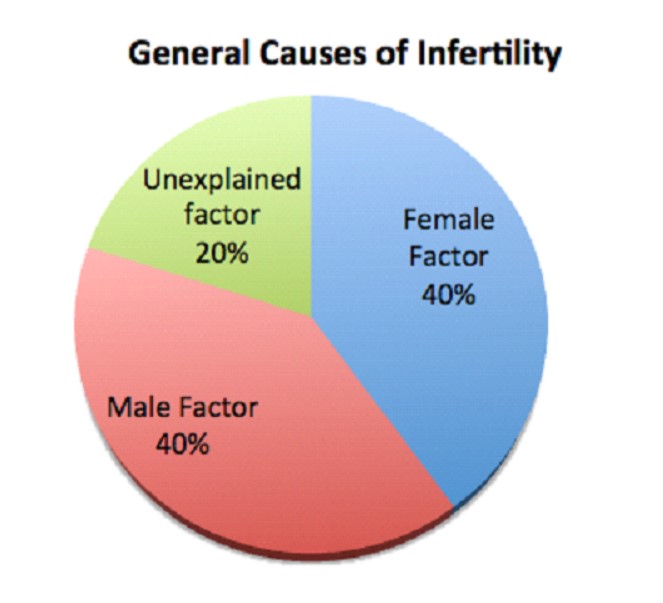As infertility we describe the situation in which a couple experiences repetitive failure to conceive, after intercourse with sufficient frequency in each cycle, meaning more than 10 times per month, for a period of one year if the woman is under 35 years old. If the woman is older than 35 years then this period should not exceed 6 months for reasons that will be analysed below.
Nowadays, infertility unfortunately is a common problem; as more than one in six couples have some infertility issue. It is also very important to understand that fertility is like a mathematical equation, and should be defined as the sum of female fertility and male fertility.
Couple’s Fertility = Female Fertility + Male Fertility
So if for example, a couple consists of a fertile man and a slightly infertile woman, most likely we will never see this couple in our office as they will naturally manage to have children. On the other hand though, if a slightly infertile man chooses a slightly infertile woman to reproduce his species, they are more likely to have difficulty conceiving and addressing assisted reproduction methods.
In general, in 80% of infertility cases, either the male or the female factor is responsible, and in the remaining 15-20% of cases, both parties are responsible at the same time.

But let us take a closer look at all the most common obstacles that may cause infertility
• Problems with eggs
• Problems with sperm
• Problems with the path
• Endometriosis
• Multiple insignificant infertility factors
• Uterine reception issues

